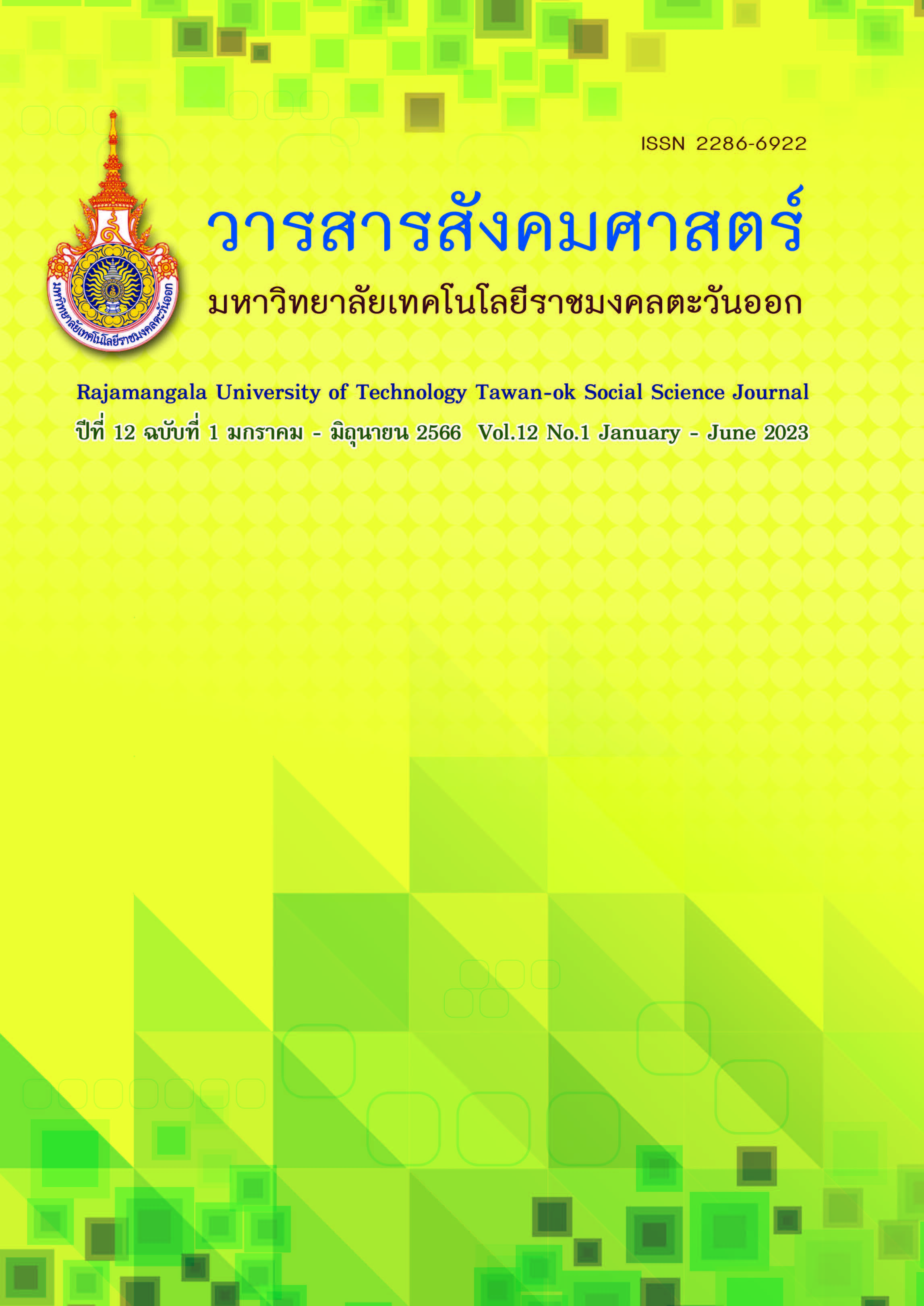What! Phonological Features of Asian English
Main Article Content
Abstract
As a world language, English means that a diverse group of English speakers will be different in all social dimensions. Those affect the use of English according to the user’s objectives. It has long led to questions and controversies in the English-speaking community as to what patterns of use of the English language are considered correct and how to be judged wrong. Before concluding what patterns of English are right or wrong, usable or unusable, we should first know the phonological features of the English language and get to know people who use English as a second and foreign language. This article, therefore, explored English phonological features in four Southeast Asian countries. Singapore English, Malaysian English, and Philippine English were studied in terms of English as a second language, while Thai English was studied in terms of English as a foreign language.
Article Details

This work is licensed under a Creative Commons Attribution-NonCommercial-NoDerivatives 4.0 International License.
References
Bautista, M. L. S. & Gonzalez, A. B. (2006). Southeast Asian Englishes. In B. B. Kachru, Y. Kachru & C. L. Nelson (Ed.), The handbook of world Englishes. Malden, Mass, 130-144. Oxford: Blackwell.
Bautista, M. L. S. & Bolton, K. (Ed.) (2009). Philippine English: Linguistic and Literary Perspectives (Asian Englishes Today). Hong Kong: Hong Kong University Press.
Bolton, K. (2012). World Englishes and Asian Englishes: A survey of the field. In A. Kirkpatrick & R. Sussex (Ed.), English as an International Language in Asia: Implications for Language Education. 13-26. Springer Dordrecht.
Cheryl, L. (2021). English gaining ground as the language most used at home: Census. Retrieved from https://www.channelnewsasia.com/singapore/census-2020-more-households-speaking-english-1966731
Department of Statistics, Singapore. (2020). Census of population 2020. Retrieved from https://www.singstat.gov.sg/-/media/files/visualising_data/infographics/c2020/c2020-literacy-homelanguage.pdf
Dewey, M. (2007). English as a lingua franca: An empirical study of innovation in lexis and grammar. Unpublished Ph.D. Thesis, King’s College London.
Gonzales, A. & Alberca, W. (1978). Philippine English of the mass media, preliminary edition. Manila: De La Salle University Research Council.
Hashim, A. & Tan, R. 2012. Malaysian English. Retrieved from https://www.researchgate.net/publication/261700219_Malaysian_English
Jenkins, J. (2000). The phonology of English as an international language. Oxford: Oxford University Press.
Kachru, B. B. (1985). Standards, codification and sociolinguistic realism: English language in the outer circle.
In R. Quirk and H. Widowson (Eds.), English in the world: Teaching and learning the language and literatures, 11-36. Cambridge: Cambridge University Press.
Kachru, B. B. (1985). The other tongue: English across cultures. Urbana, IL: University of Illinios Press.
Kachru, B. B., Kachru, Y., & Nelson, C. L. (2009). The handbook of world Englishes. Malden, Mass. Oxford: Blackwell
Kachru, Y. & Nelson, C. L. (2006). World Englishes in Asian contexts. Hong Kong: Hong Kong University Press.
Kirkpatrick, A. (2007). World Englishes: Implication for international communication and English language teaching. Cambridge: Cambridge University Press.
Languages of Singapore. (2023). retrieved from https://en.wikipedia.org/wiki/Languages_of_Singapore
Low, E. L. & Hashmi. (Eds.). (2012). English in Southeast Asia; Features, policy and language in use. John Benjamin’s Publishing.
Matsuda, A. (2003). Incorporating World Englishes in teaching English as an international language. TESOL Quarterly, 37(4), 719-723.
Schneider, E. W. (2003). Evolutionary patterns of new Englishes and the special case of Malaysian English. Asian Englishes, 6(2), 44-63.
Seidlhofer, B. (2001). Closing a conceptual gap: The case for a description of English as a lingua franca. International Journal of Applied Linguistics. 11(2), pp. 133-58.
Tan, A. (2010). Right in Singapore English. World Englishes, 29(2): 234-256.
Watkhaolarm, P. (2005). Think in Thai, write in English: Thainess in Thai English literature. World Englishes, 24(2), 145-158.


